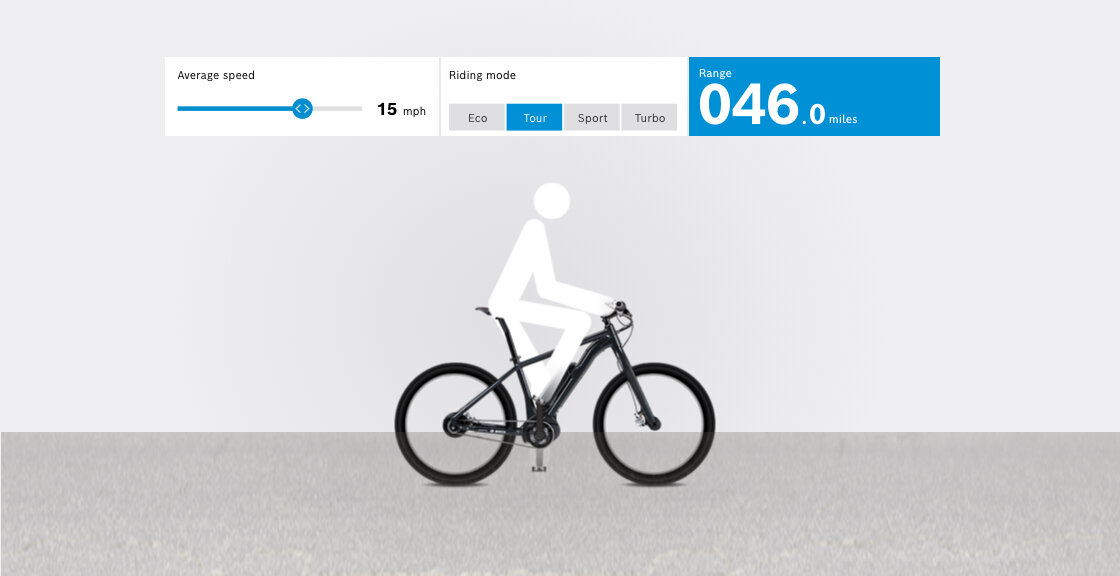Mass Deduction
Active Member
The numbers Ravi posted are inline with my experience and many other peoples posts, I have done rides as low as 4wh/m and as high as 25wh/m. I like it best around 10-15wh/m. You are trying to equate this to actual user effort which just isnt the case. My highest ever 25wh/m on a juiced CCX was an average speed of 21mph with a good 15-20mph headwind/tailwind going up and down 4-6 degree grades for 20 miles (an out and back ride so the tailwind turned into a headwind halfway into the ride). One of the hardest ebike rides I have ever done as verified by my heartrate monitor.
I had a loaner shimano e8000 bulls eMTB(500wh battery) for 2 weeks and rode it a ton. On max assist I could easily run out of juice in less than 20 miles (flatish ride with head/tail wind) maxed out at 20mph for the whole ride. My Bulls Brose ebike (650wh battery) usually comes back with 2/3 bars left out of 5 for the same ride/conditions/assist. I have done this ride twice on the bulls on the same charge although a tad slower on the second ride.
[...]
STePS 8000 is an older motor. STePS 6100 and 5000 are newer motors that are more efficient. That's why I highlighted them in my post.

